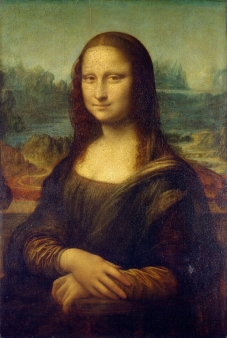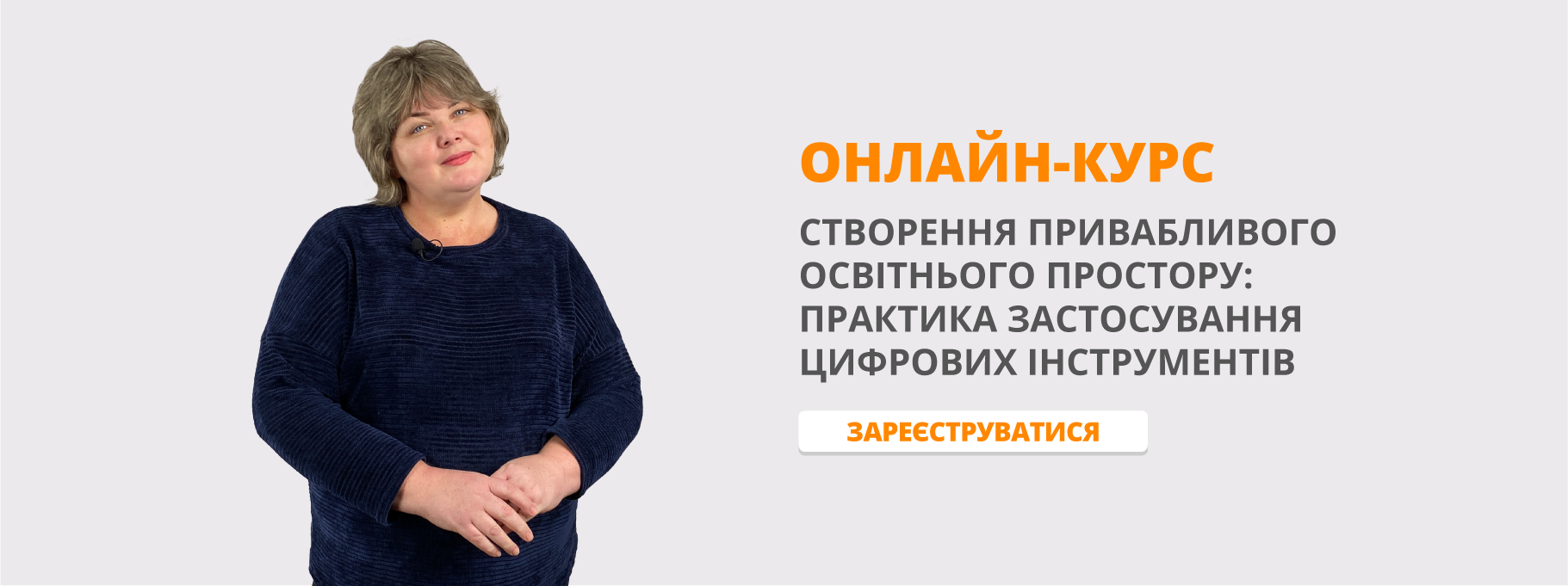Урок "Art and artists"
Тема: Art and artists.
Мета: вчити вживати вивчені ЛО, МЗ та ГС в усному та писемному мовленні за темою; перевірити вміння учнів використовувати вивчений матеріал; вдосконалювати навички усного мовлення й читання;
розвивати культуру спілкування й мовленнєву реакцію учнів; комунікативні здібності школярів; ерудицію, образне мислення;
виховувати естетичний смак і загальну культуру учнів.
Обладнання: підручник, зошит, відеоматеріал, ілюстративний матеріал(репродукції картин), картки пам'яті кросворд.
Тип уроку: комбінований.
Тема: Art and artists.
Мета: вчити вживати вивчені ЛО, МЗ та ГС в усному та писемному мовленні за темою; перевірити вміння учнів використовувати вивчений матеріал; вдосконалювати навички усного мовлення й читання;
розвивати культуру спілкування й мовленнєву реакцію учнів; комунікативні здібності школярів; ерудицію, образне мислення;
виховувати естетичний смак і загальну культуру учнів.
Обладнання: підручник, зошит, відеоматеріал, ілюстративний матеріал(репродукції картин), картки пам’яті кросворд.
Тип уроку: комбінований.
Хід уроку
I. Introduction
T: Hello dear students! I am really happy to see you again and I hope you’ll be able to solve all my tasks for you. At first let’s watch the video and then you tell me the topic of our lesson.
II. Warm-up
T: You are right. Today we’re going to talk about art.
SPOT ON DESCRIBING PICTURES


1. Introduction:
In the picture I can see…, There’s/There are…, The picture shows… .
2. What is where?
In the foreground/background you can see..., In the foreground/background there is..., In the middle/centre there are..., At the top/At the bottom there is..., On the left/right there are..., Behind/In front of ... you can see…, Between ... there is...
3. Who is doing what?
Here you describe the persons in the picture or you say what is happening just now. Use the Present Continuous.
4. What I think about the picture:
It seems as if..., ... might be a symbol of..., The atmosphere is peaceful/depressing..., I (don’t) like the picture because..., It makes me think of... .
III. Main part:
- Grammar
 .
.
- Match the examples (a-e) with the names of different participle
forms.
1 Present Participle
2 Past Participle
3 Perfect Participle
4 Passive Participle
5 Perfect Passive Participle
a being spoken
b having been spoken
c speaking
d having spoken
e spoken
- Reading.
- Read the text and write out all participle forms of the verb.
Define their functions.
THE APPROACHING STORM BY G. MORLAND
George Morland (1763-1804) was an outstanding English artist of the 18th century and a brilliant painter of landscape. Like many artists, he turned to nature for inspiration. He had an instinctive feeling for nature. Among his pictures The Approaching Storm is truly remarkable. It is, indeed, a masterpiece of the world painting. Looking at the picture, you can easily understand how keenly the artist felt nature in every detail. He was able to impart a sinister atmosphere of the coming storm. You feel the threatening silence before the storm. The sky is overcast. The first gust of wind shakes the trees, the next moment it will start raining. The artist enlivens the landscape by two horses and a dog huddling1 together in a little group, seeking protection from a man in danger. This landscape is a typical example of sentimental and poetic painting.
- Vocabulary builder. Revise word formation.
T: Let’s work with vocabulary. Complete the sentences using the words from the box. Read me only the sentences which connected with painting.
Учні виконують вправу та зачитують необхідні речення.
T: Talking about art we usually use a lot of adjectives. Do you agree? Name some of them. Can you name me the adjective suffixes? What are the meanings of these suffixes? For example, FULL – має якість, властивість, позначену основою. Less – відсутність якості чи ознаки. Able – можливість здійснення, наявність якості, позначеною основою. IVE- такий, що стосується, належить до чого-небудь. AL- властивість, подібність, наявність якості. OUS- той, що значною мірою має властивість, ознаку чи характеристику. Now work individually to make the adjectives using the suffixes that they are given and write them in the table in your notebooks. We’ll take only some words (fame, value, profession, use, create, effect, recognize). The others you’ll do at home.
Translate the word combinations: цінний витвір мистецтва, відомий скульптор, непрофесійний ескіз, творчий письменник, впізнавана картина, марна робота.
Additional task: make up sentences or word combinations with these words.
- C R O S S W O R D
- A person who creates statues.
- A stand that holds the canvas you're painting.
- A person who creates pictures.
- A picture which depicts a forest or a field.
- A picture which depicts a man or a woman.
- A painting of something that's not alive: usually something like flowers or a bowl of fruit.
- Taking a series of rhythmical steps (and movements) in time to music.
- A word, phrase, or image painted or drawn somewhere in public places.
|
1. |
|
|
|
|
|
|
|
|
|
3 |
5 |
|
||||
|
|
|
4 |
|
6 |
7 |
||
|
|
2 |
|
|
|
|
|
|
|
9 |
|
|
|
|
|
|
8 |
|
|
|
|
|
|
|
|
|
|
|
|
|
|
|
|
|
|
|
|
|
|
|
|
- |
|
|
|
|
|
|
|
|
|
||
|
|
|
|
|
|
|||
|
|
|
|
|||||
|
|
|||||||
IV. Homework.
T: Find information about your favourite Ukrainian artist and write a short text about him/her or describe his/her painting. Use the Internet and book resources if necessary.
V. Summarizing.
T: What topic did we talk about at the lesson today?
Let’s remember some information with the help of crosswords
T: I would like to finish our lesson with the words of a famous English artist Pablo Picasso :
“Painting is just another way of keeping a diary “
How do you think if he is right ?


про публікацію авторської розробки
Додати розробку
